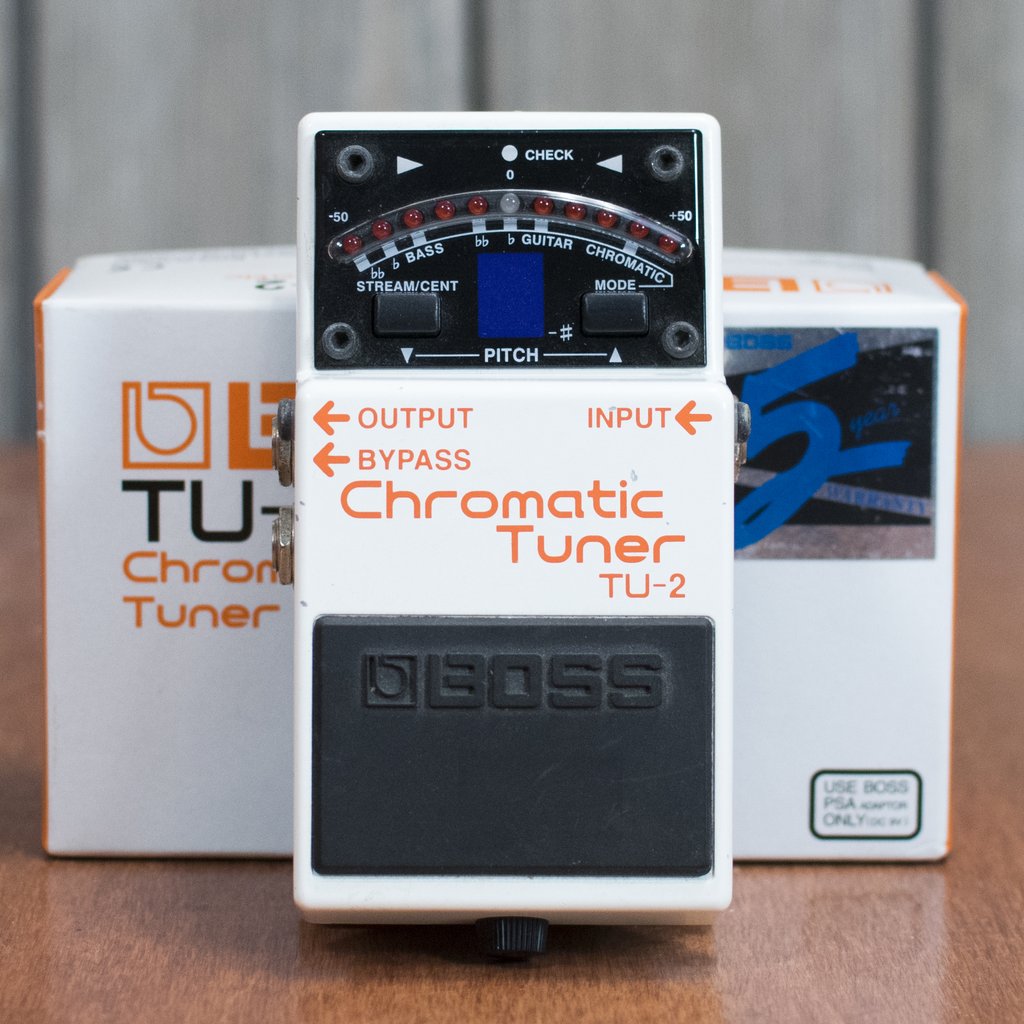
How to tune your Guitar
How to tune your Guitar
Tune your Guitar. Understanding the fundamentals of guitar tuning is crucial for any aspiring guitarist.
Let’s delve deeper into the basics of guitar strings, their respective notes, and the concept of standard tuning.
1. The Anatomy of a Guitar
A typical guitar consists of six strings, each producing a distinct pitch when plucked. These strings are numbered from the thickest to the thinnest, and each is assigned a specific note. The standard tuning, as widely adopted in the guitar world, arranges these strings from low to high as follows:
- 6th String: Low E
- 5th String: A
- 4th String: D
- 3rd String: G
- 2nd String: B
- 1st String: High E
Understanding this sequence is fundamental for tuning your guitar accurately and consistently.
2. Standard Tuning
The arrangement of strings in standard tuning is universal and serves as the default for most guitar playing. This tuning facilitates a broad range of musical styles and chord structures. It’s essential to commit the standard tuning notes to memory:
- 6th String (Low E): This is the thickest string and produces the lowest pitch.
- 5th String (A): Tuned a perfect fourth above the 6th string.
- 4th String (D): Tuned a perfect fourth above the 5th string.
- 3rd String (G): Tuned a major third above the 4th string.
- 2nd String (B): Tuned a major third above the 3rd string.
- 1st String (High E): This is the thinnest string and produces the highest pitch.
Committing these notes to memory will serve as a solid foundation for tuning your guitar by ear or with the aid of a tuner.
3. String Numbers
Each string on a guitar is assigned a number, which is essential for referencing and communication. This numbering system is consistent across various educational resources and guitar literature:
- 6th String: Often referred to as the “low E string.”
- 5th String: Commonly known as the “A string.”
- 4th String: Sometimes called the “D string.”
- 3rd String: Referred to as the “G string.”
- 2nd String: Known as the “B string.”
- 1st String: Often called the “high E string.”
Understanding the relationship between the strings’ numbers and their corresponding notes is fundamental for effective communication in the guitar-playing community.







